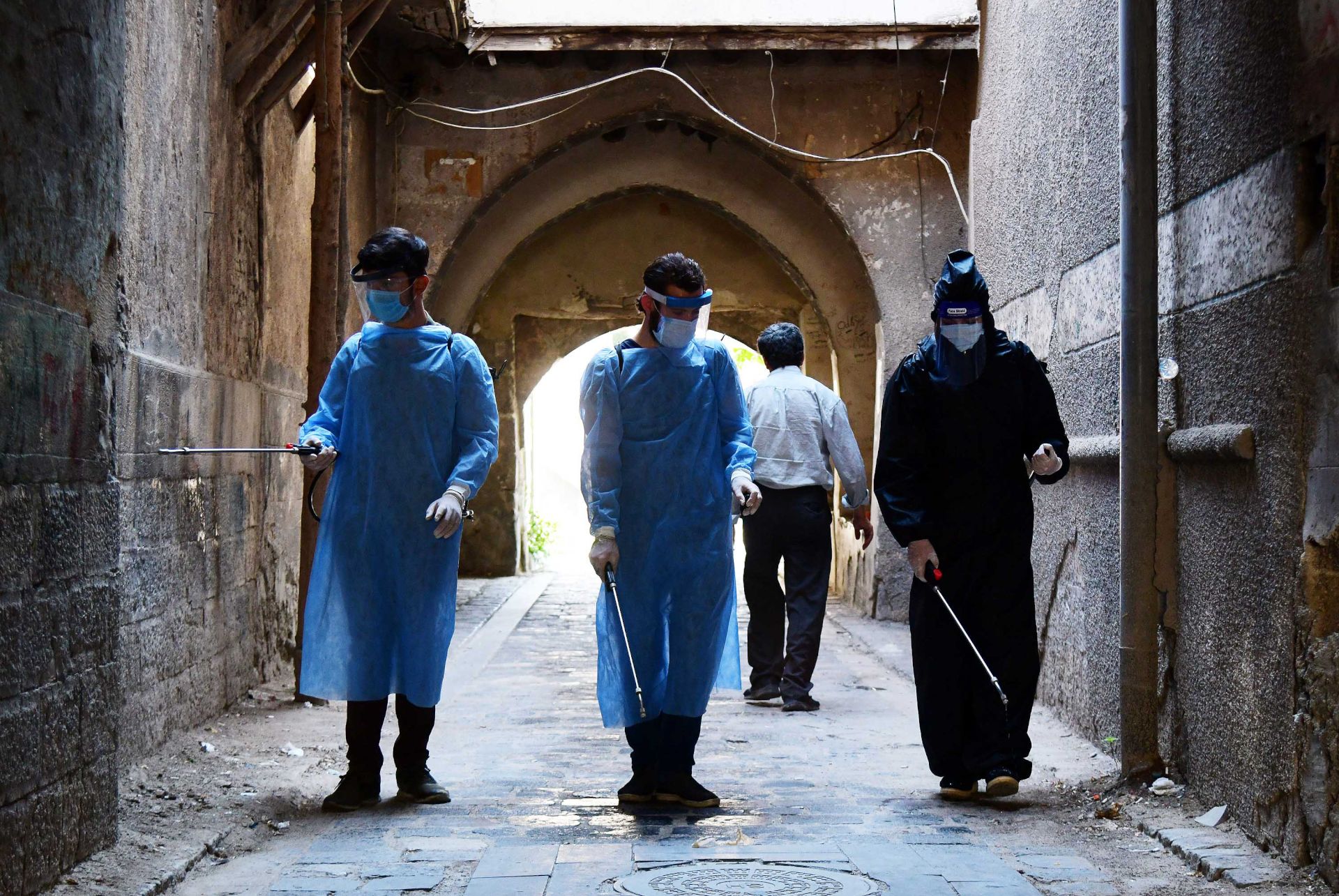The city of Damascus is one of the oldest in the world. Syria’s ancient capital has been continuously inhabited for perhaps 12,000 years and seen countless plagues, viruses and epidemics sweep through its streets. But, says Dr. Benan Grams, a social historian of disease and medicine at the University of New Orleans, the cholera epidemics of the 19th and early 20th centuries stand out among the worst.
“The disease is endemic to the Ganges Valley in India, but it did not have its international journey until the involvement of British imperial forces that took the disease from India to the Persian Gulf,” Grams tells New Lines magazine’s Rasha Elass. “And from there, the disease came to Syria, but did not reach Damascus until 1848.”
When it did hit, though, it hit hard.
“It was a shock for everybody, not because of the novelty of epidemics but because of the horrific symptoms,” Grams says. Signs of infection came on suddenly, leaving the afflicted vomiting and unable to control their bowels. Many would be dead within hours. At the height of the epidemic, hundreds were dying over a single day.

“It was a shock for everybody, not because of the novelty of epidemics, but because of the horrific symptoms.”
“By 1902, we learned what causes the disease, and we learned how it is transmitted,” Grams says. Advances in epidemiology had revealed the pathogen behind the devastation —Vibrio cholerae, a bacterium that spread through contaminated water. Yet that same year, the city was struck by its worst epidemic yet.
“Despite all measures and all precautions, people were still dying from cholera,” Grams explains. The situation became so severe that Ottoman officials feared V. cholerae would become endemic to the city’s water supply.
By the time it ended, the outbreak had lasted for more than a year, several times the length of previous epidemics, leaving the city traumatized and its economy crippled by containment measures. Ottoman officials had found themselves caught in an endless cycle, cordoning off the city again and again as the outbreak flared and waned. Every few months, Grams explains, things would seem to die down, no new cases would be reported, and the administration would ease restrictions.
“And then someone died or another case was reported. And then all the measures that were eased were reinstated again. And the misery started all over again,” she says.
“Researching cholera during the COVID pandemic,” she adds, “it was quite fascinating to see the similarities.”
Produced by Joshua Martin


